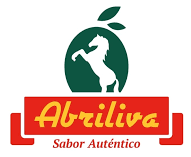Okay, so check this out—I’ve been messing around with Bitcoin clients for years now, and every time I set up a full node, I learn somethin’ new. Seriously, it’s like peeling an onion but with way less crying (well, most of the time). At first glance, running a full node seems kinda overkill—especially with all these lightweight wallets and hosted solutions. But here’s the thing: the deeper you dig into blockchain validation and mining, the more you realize how crucial it is to maintain your own little piece of the network.
Wow! It’s wild how many folks just trust third-party nodes without thinking twice. My gut says there’s a huge trade-off there. Sure, syncing a full node takes time and resources, but the payoff? You get to verify every transaction yourself, without relying on anyone else’s word. That’s powerful in a world where trust is often… well, overrated.
Initially, I thought running a full node was mainly for hardcore miners or developers. But then I realized—it’s a strong statement of sovereignty. When your node validates the blockchain from genesis block onward, you’re essentially saying, “I don’t just take your word for it.” That feeling? It’s kinda addictive.
Here’s the thing: mining and node operation aren’t the same. Miners do the heavy lifting of securing the network by solving cryptographic puzzles, but full nodes do the essential job of verifying those solutions and enforcing consensus rules. Without full nodes, miners could theoretically get away with some shady business. So, full nodes are the backbone of decentralization.
Hmm… I’m not 100% sure why more people don’t run their own nodes. Maybe it’s the technical barrier or just the hassle of disk space (blockchain size is no joke). But hey, with modern hardware and a decent internet connection, it’s definitely doable for most enthusiasts.
Now, diving deeper—blockchain validation is more than just checking if transactions add up. It’s about enforcing the rules that keep Bitcoin trustworthy. That means your node rejects invalid blocks, prevents double-spends, and ensures no funny business sneaks through. It’s like having your own personal referee for the game, which, in Bitcoin’s case, is a global financial game with trillions at stake.
One of the quirks that bugs me is how people confuse lightweight clients with full nodes. Lightweight wallets rely on other nodes to verify transactions, which makes them vulnerable to manipulation if those nodes lie or go offline. Running a full node eliminates that vulnerability, but it requires patience. Syncing the entire blockchain can take days (especially if you’re on an older machine), and that’s a serious commitment.
Check this out—there’s a neat resource I keep going back to whenever I want the latest on Bitcoin Core and full node setup. You can find it here. It’s got solid guides, updates, and a community vibe that’s rare these days.
On one hand, mining seems like the sexy part of Bitcoin—big rigs, flashy GPUs, and all that jazz. But actually, mining without a reliable full node is kinda pointless. Your miner needs to talk to a node to get valid transactions and blocks. Without that, you’re just spinning your wheels. So, if you’re into mining, running a full node isn’t optional—it’s essential.
Though actually, the relationship between mining and nodes is a bit more tangled. Miners might run their own nodes, but many also rely on third-party nodes or mining pools. This centralization worries me. If too many miners depend on the same nodes, it creates choke points and risks censorship—or worse, collusion.
Mining, Validation, and Why Your Node Is Your Bitcoin Conscience
So, I was thinking about how validation rules evolve over time. Bitcoin isn’t static; it upgrades through soft forks and consensus changes. Full nodes enforce these new rules as they come online, which means if you’re not running an updated node, you risk following the “wrong” chain. That’s a real headache, especially with forks and contentious upgrades.
My first impression was that miners control upgrades, but that’s not the full story. Actually, full node operators have the final say since their nodes decide which chain is valid. If they reject a block, miners have to adapt or get left behind. This dynamic tug-of-war is what keeps Bitcoin decentralized and resilient, but it also means your node’s software version matters a lot.
Wow! Sometimes I catch myself obsessing over the subtle differences in consensus rules across Bitcoin forks. It’s like a family feud where everyone shares the same roots but fights over the future. Running a full node means you’re actively choosing which side you support, whether you realize it or not.
Okay, let me rephrase that—your node isn’t just passive software running in the background. It’s an active participant in the network, enforcing your interpretation of Bitcoin’s rules. That’s why the choice of client, like Bitcoin Core, is so important. And again, for those looking to dive in, the best info and downloads are here. It’s a reliable source for staying current.
One thing that bugged me early on was the misconception that mining rewards are just free money. Nope. Mining involves real costs—electricity, hardware wear, and opportunity costs. Plus, if your node isn’t validating correctly, you risk mining on stale or invalid blocks, which wastes all that effort.
Running a full node also means you contribute to network health. Each node stores a copy of the blockchain, helping decentralize data storage. This redundancy protects Bitcoin against attacks and data loss. The more nodes out there, the stronger the network. So, yeah, your full node is like a digital librarian, keeping the ledger intact and accessible.
Here’s a side note: some folks use “pruned nodes” to save disk space—they only keep recent parts of the blockchain. This is a clever compromise, but it comes with trade-offs. Pruned nodes can validate blocks but can’t serve historical data to other nodes. So, while better than lightweight wallets, they’re not full nodes in the strictest sense.
Something felt off about the way people sometimes dismiss full nodes as “too technical” or “not user-friendly.” I get it, the setup can be daunting, but honestly, that barrier keeps the network strong by filtering out casual users who might otherwise rely on centralized services. It’s a balance between accessibility and security.
Hmm… maybe the real challenge is making full nodes more approachable. User experience improvements could bring more people onboard without sacrificing decentralization. And that’s a conversation I’d love to see more in the community.
So, yeah, running a Bitcoin full node isn’t just some nerdy hobby—it’s a statement about control, trust, and commitment to the network’s integrity. If you care about where Bitcoin goes next, it’s worth the effort.



